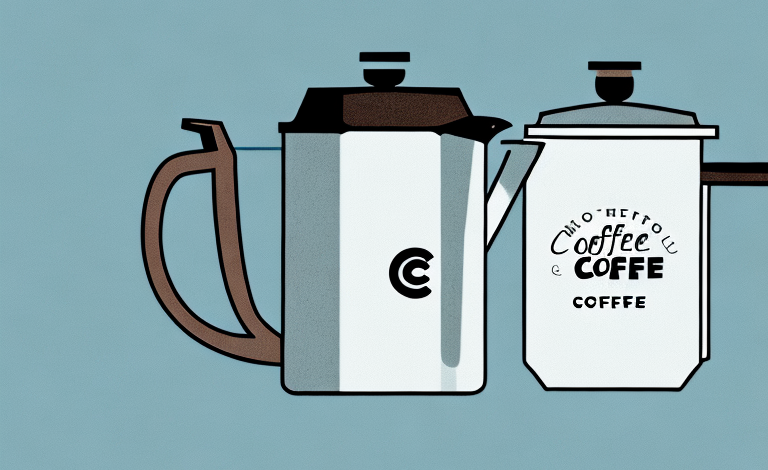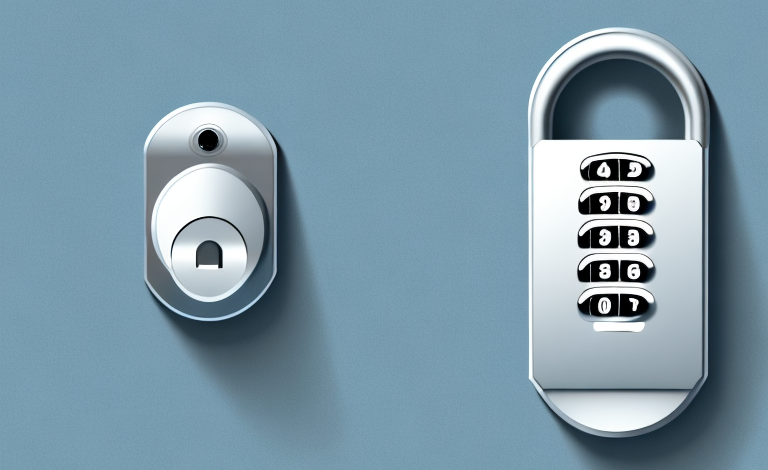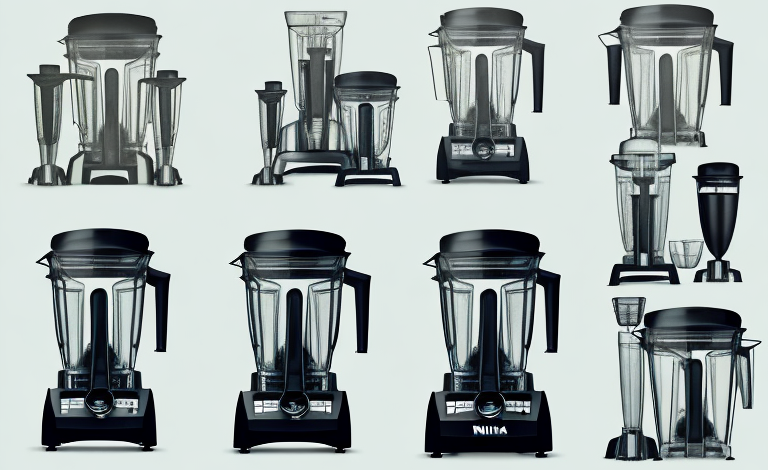Have you ever brewed a cup of drip coffee that didn’t taste quite right? Maybe it was too bitter or too weak, or maybe it just had an off flavor that you couldn’t quite place. It’s frustrating when you can’t seem to get your coffee just right, but fortunately, there are plenty of ways to improve your drip coffee brewing technique. Here, we’ll explore the science behind drip coffee extraction, common mistakes to avoid, and tips for perfecting your technique to brew the perfect cup every time.
The Science Behind Drip Coffee: Understanding Extraction and Brew Time
Extraction is the process by which water dissolves the soluble compounds in coffee grounds, including caffeine, oils, and flavor compounds. The key to a balanced, flavorful cup of drip coffee is to achieve the right level of extraction – not too much, and not too little. Under-extracted coffee will taste weak and sour, while over-extracted coffee will taste bitter and harsh.
One of the most important factors in achieving the right level of extraction is the brew time. Typically, a drip coffee brewing cycle takes between four and six minutes. If your brew time is too short, your coffee will be under-extracted; too long, and it will be over-extracted.
Another important factor in achieving the right level of extraction is the water temperature. The ideal temperature for brewing drip coffee is between 195 and 205 degrees Fahrenheit. If the water is too hot, it can over-extract the coffee, resulting in a bitter taste. If the water is too cold, it can under-extract the coffee, resulting in a weak and sour taste.
Additionally, the grind size of the coffee beans can also affect the level of extraction. A finer grind size will result in a faster extraction, while a coarser grind size will result in a slower extraction. It’s important to adjust the grind size based on the desired brew time and the type of coffee being used.
Common Mistakes in Drip Coffee Brewing and How to Avoid Them
One common mistake in drip coffee brewing is using water that’s too hot or too cold. The optimal temperature range for brewing coffee is between 195 and 205 degrees Fahrenheit, and using water outside that range can result in over-extraction or under-extraction.
Another common mistake is using too much or too little coffee. The general rule of thumb is to use one to two tablespoons of coffee per six ounces of water, but this can vary depending on personal preference and the particular coffee beans you’re using.
Finally, be sure to clean your coffee maker regularly to prevent buildup that can affect the flavor of your coffee.
One additional mistake to avoid is using stale coffee beans. Coffee beans start to lose their flavor and aroma within two weeks of being roasted, so it’s important to use fresh beans for the best-tasting coffee. Consider buying whole bean coffee and grinding it just before brewing to ensure maximum freshness.
Another mistake to avoid is not paying attention to the grind size. Different brewing methods require different grind sizes, and using the wrong size can result in over-extraction or under-extraction. For drip coffee brewing, a medium grind size is generally recommended.
The Importance of Water Quality in Brewing Drip Coffee
The quality of the water you use to brew your coffee can have a big impact on the flavor of the final product. If your tap water has a strong taste or odor, it’s likely that those flavors will be present in your coffee as well. Consider using filtered water, or even bottled water, to achieve a cleaner, more neutral flavor in your coffee.
Another factor to consider when it comes to water quality in coffee brewing is the mineral content. Hard water, which contains high levels of minerals such as calcium and magnesium, can affect the taste and texture of your coffee. It can also cause mineral buildup in your coffee maker, leading to clogs and other issues. Using soft water or a water softener can help prevent these problems.
It’s also important to pay attention to the temperature of the water you use to brew your coffee. Water that is too hot can over-extract the coffee, resulting in a bitter taste, while water that is too cool can under-extract the coffee, resulting in a weak and watery flavor. The ideal temperature range for brewing drip coffee is between 195 and 205 degrees Fahrenheit. Using a thermometer or a coffee maker with a built-in temperature control can help ensure that your water is at the right temperature for optimal flavor.
Choosing the Right Coffee Beans for Your Drip Coffee
The beans you choose can greatly affect the flavor of your coffee. Look for beans that are fresh and have been roasted recently, ideally within the last few weeks. Consider the roast level as well – lighter roasts will have a brighter, more acidic flavor profile, while darker roasts will have a more robust, smoky flavor.
Another factor to consider when choosing coffee beans for your drip coffee is the origin of the beans. Different regions produce beans with distinct flavor profiles. For example, beans from Central America tend to have a bright, fruity flavor, while beans from Africa often have a floral or citrusy taste. South American beans are known for their nutty and chocolatey notes. Experiment with different origins to find the flavor profile that suits your taste buds best.
The Impact of Grind Size on Drip Coffee Flavor
The size of your coffee grounds can also have a big impact on the flavor of your coffee. If your grounds are too coarse, the water will pass through them too quickly and the coffee will be under-extracted. Too fine, and the water will pass through too slowly, resulting in over-extraction. Experiment with different grind sizes to find the right balance for your taste preferences.
Another factor to consider when it comes to grind size is the type of coffee maker you are using. For example, a French press requires a coarser grind to prevent the grounds from slipping through the filter, while a drip coffee maker works best with a medium grind. Espresso machines, on the other hand, require a very fine grind to create the necessary pressure for extraction.
It’s also important to note that the freshness of your coffee beans can affect the flavor of your coffee, regardless of the grind size. Coffee beans start to lose their flavor and aroma shortly after they are roasted, so it’s best to use them within two weeks of the roast date. Additionally, it’s best to grind your beans just before brewing to ensure maximum freshness and flavor.
Exploring Different Filters for Drip Coffee Brewing
The type of filter you use can also affect the flavor of your coffee. Paper filters will generally result in a cleaner, more nuanced flavor profile, while metal or cloth filters can allow more of the coffee’s oils to pass through, resulting in a bolder, more complex flavor.
Another factor to consider when choosing a filter is its environmental impact. Paper filters are disposable and can contribute to waste, while metal or cloth filters are reusable and can be a more sustainable option. However, metal filters may require more maintenance and cleaning to ensure they don’t affect the taste of your coffee.
It’s also important to note that different types of coffee beans may pair better with certain filters. For example, a light roast may benefit from a paper filter to highlight its delicate flavors, while a dark roast may be better suited for a metal filter to bring out its boldness. Experimenting with different filters and coffee combinations can lead to discovering new and exciting flavor profiles.
How to Clean Your Drip Coffee Maker for Optimal Performance
Be sure to clean your coffee maker regularly to prevent buildup that can affect the flavor of your coffee. Most coffee makers can be cleaned with a solution of vinegar and water, or with specialized cleaning products designed specifically for coffee makers.
One important thing to keep in mind when cleaning your drip coffee maker is to always refer to the manufacturer’s instructions. Some coffee makers may have specific cleaning requirements or may not be compatible with certain cleaning solutions. Additionally, it’s important to thoroughly rinse your coffee maker after cleaning to ensure that no cleaning solution residue remains.
If you notice that your coffee maker is still not performing optimally after cleaning, it may be time to replace certain parts such as the filter or the carafe. It’s also a good idea to periodically descale your coffee maker to remove mineral buildup that can affect the taste of your coffee. You can purchase descaling solutions or use a mixture of water and citric acid to descale your coffee maker.
Troubleshooting Guide: Fixing Common Drip Coffee Problems
If your coffee is too weak or too strong, try adjusting the amount of coffee you’re using. If it’s too bitter or harsh, try using slightly cooler water or a shorter brewing cycle. If it’s too sour or acidic, try using slightly hotter water or a longer brewing cycle.
Expert Tips for Perfecting Your Drip Coffee Technique
Some additional tips for achieving the perfect drip coffee include preheating your coffee maker, allowing your coffee to bloom before brewing, and experimenting with different brewing ratios and techniques.
Comparing the Taste of Different Drip Coffee Machines and Brands
Different drip coffee machines can produce different flavor profiles in your coffee, so it’s worth experimenting with different machines to find the one that suits your taste preferences. Similarly, different coffee brands and blends can result in wildly different flavors, so don’t be afraid to try something new.
Is It Worth Investing in a High-End Drip Coffee Maker?
While basic drip coffee makers can produce perfectly good coffee, investing in a higher-end model can offer more features and customization options, leading to a better overall coffee-making experience. Consider your priorities and budget when shopping for a coffee maker.
The Health Benefits and Risks of Drinking Drip Coffee
While moderate coffee consumption has been linked to a range of health benefits, including reduced risk of diabetes and Alzheimer’s disease, excessive caffeine intake can lead to negative side effects like insomnia and anxiety. Additionally, some people may experience acid reflux or other digestive issues from drinking coffee. If you have concerns about the health effects of drinking coffee, talk to your doctor or a nutritionist.
Sustainable Practices in the World of Drip Coffee Production and Consumption
Many coffee producers and companies are making efforts to reduce their environmental impact and promote sustainable practices, such as using compostable packaging and sourcing beans from eco-friendly farms. Choose brands and products that align with your values and support sustainable practices in the coffee industry.
Exploring Alternative Brewing Methods to Traditional Drip Coffee
While drip coffee is a popular and accessible brewing method, there are many alternative methods that can produce unique and delicious flavors. Consider exploring methods like pour-over, French press, or cold brew to expand your coffee horizons.



